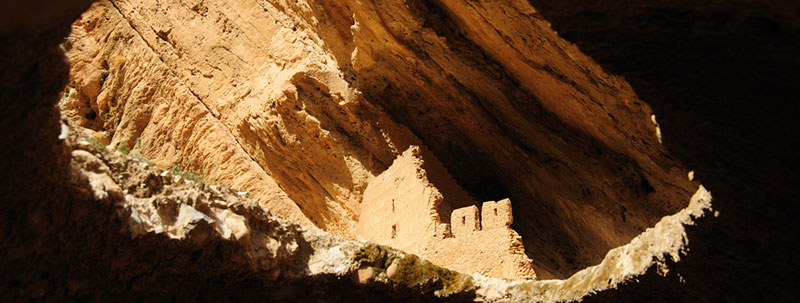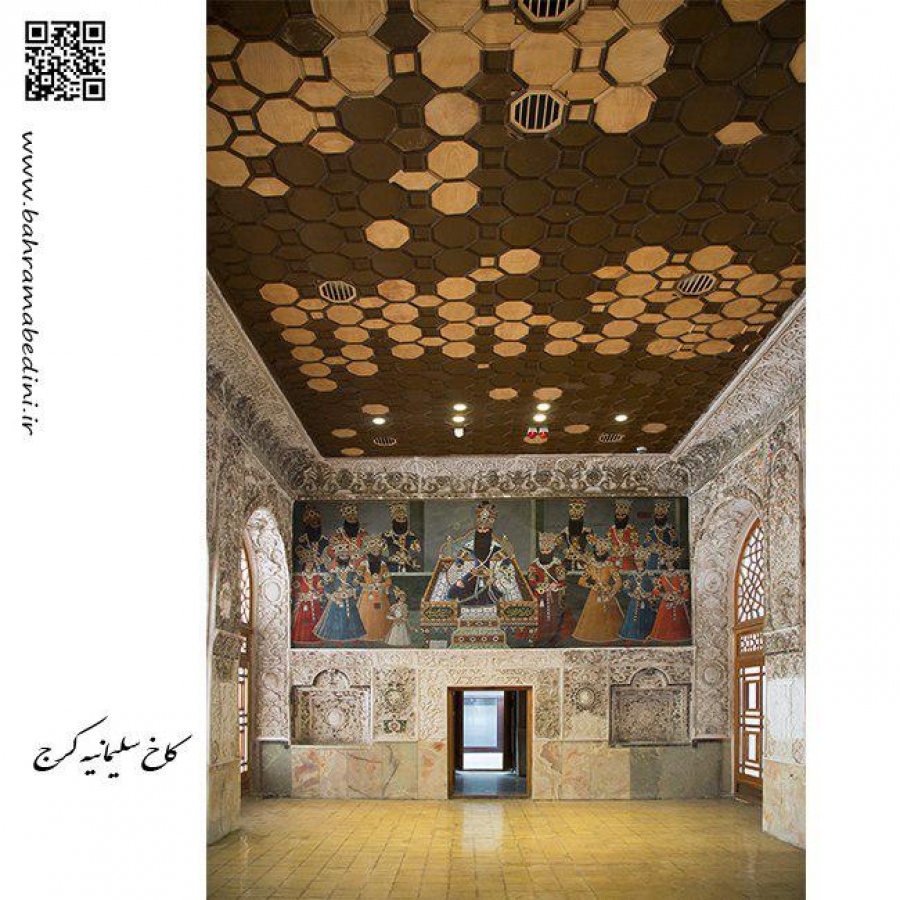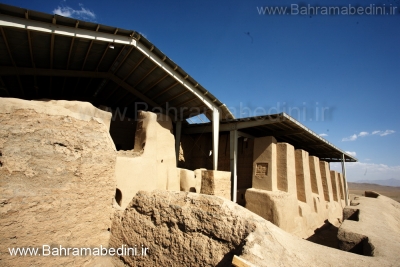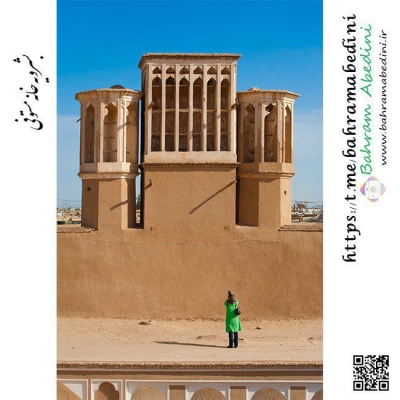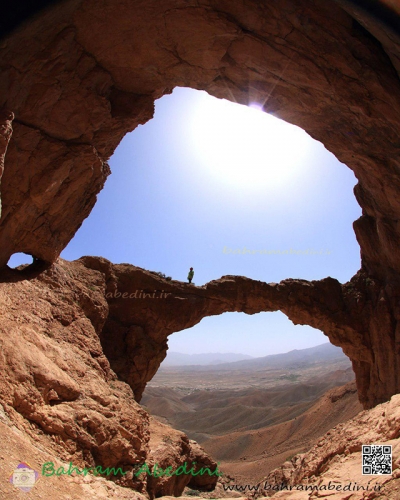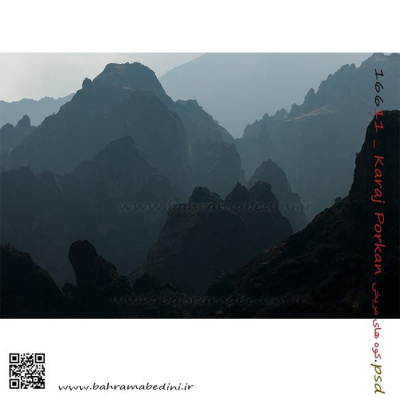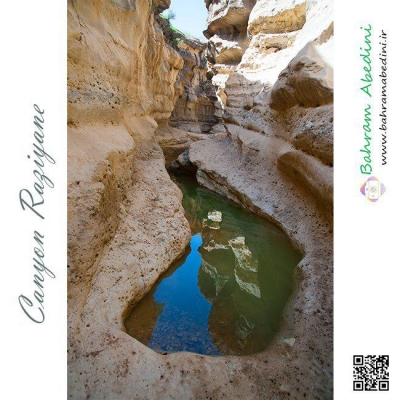This building was built during the period of Fathali Shah Qajar and on his orders for summer residence in the large garden that is now the Faculty of Agriculture. The Palace of Sulaimaniyah # and the beautiful garden in front of it, as well as buildings designed for the needs of the royal munters, created a small and very beautiful residence and command that now the buildings of the Khazar kingdom have disappeared. This building was under the control of Fath Ali Shah Qajar And is ordered by him for a summer residence in the large garden that is now the Faculty of Agriculture. Sulaimaniyah Palace and the beautiful garden in front of it, as well as buildings designed for the needs of the royal mercenaries, created a small and very beautiful residence and command that at present the buildings of the Shah's extinct have disappeared.This building was built during the period of Fathali Shah Qajar and on his orders for summer residence in the large garden that is now the Faculty of Agriculture. The Palace of Sulaimaniyah # and the beautiful garden in front of it, as well as buildings designed for the needs of the royal munters, created a small and very beautiful residence and command that now the buildings of the Khazar kingdom have disappeared. This building was under the control of Fath Ali Shah Qajar And is ordered by him for a summer residence in the large garden that is now the Faculty of Agriculture. Sulaimaniyah Palace and the beautiful garden in front of it, as well as buildings designed for the needs of the royal mercenaries, created a small and very beautiful residence and command that at present the buildings of the Shah's extinct have disappeared.The reason for naming this building has been named after the birth of thirty-fourth son of Fath Ali Shah named Solomon Mirza. In the building of this building, two paintings by Abdollah Khan, a painter on a wall, is one of the image of Mr. Mohammad Khan and the other is the image of Fath Ali Shah and his surrounding. In the front panel of Fath Ali Shah, Solomon Mirza is portrayed as a child near the peacekeepers' bed. This collection is open to the public at Easter.





